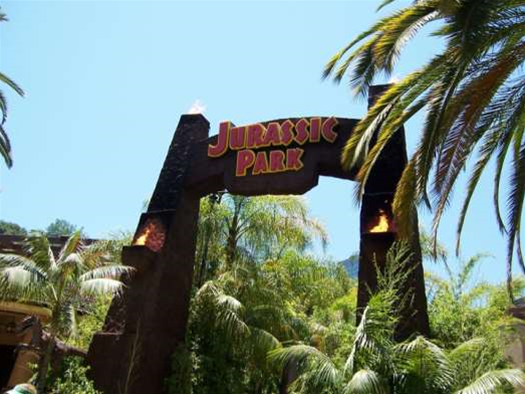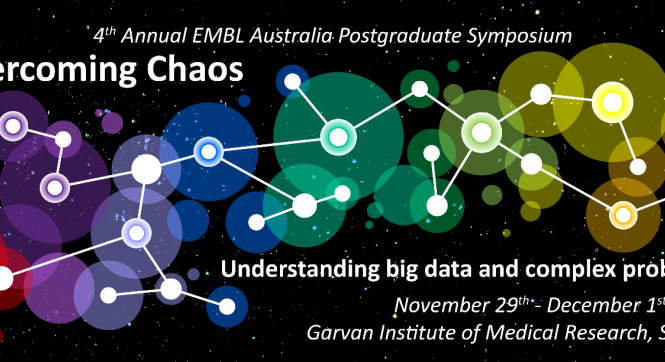A real Jurassic Park? Amber in Myanmar.
by Christina Nelson
The trilogy, Jurassic Park, and now the fourth instalment, Jurassic World, is a stroke of cinematic genius. It is probably safe to say that many share this view given the films have grossed in excess of US$1 billion dollars. Simply, it is a type of movie that you can watch over and over again and never get bored. It is a type of movie that you can rug up to on a Friday night, whilst your friends are drinking their twenties away, and you remain at home with your Ben and Jerry’s cookie and cream ice-cream. The films make you challenge what seemingly is the impossible. Even when watching Jurassic Park today, I still catch myself thinking ‘yep this could totally happen’ (even though as a scientist you should always question). The films capture the balance between an absolute lack of foresight with occasional pearls of wisdom (i.e. Ian Malcolm) and theatrical (albeit theoretically incorrect) movie science. The question that I really want to ask: can Jurassic Park really happen?

Photography by E. Penalver via Nature Communications.
Well, several recent archaeological finds, have all originated from one remarkable site: the amber mines of northern Myanmar’s Hukawng Valley. The recent discoveries include a new species of insect, that looks more like E.T., an intact feathered tail of a small carnivorous dinosaur, and a nearly complete 99 million-year-old baby bird. Another remarkable amber discovery was a tick fossilized from the Dominican Republic that may have fed on dinosaurs. This discovery seems to have been written for a plot straight out of one of Spielberg’s movies. Like the movie, could the tick make for the cloning of dinosaurs possible?
Since amber specimens are fossils, this means that DNA will not be preserved well. In our case, we want dinosaur (‘dino’) DNA. In fact, scientists calculated that DNA has a half-life of 521 years. This means that after 521 years, half of the bonds which link DNA would have decayed, and then in another 521 years another half, and so on. This is also increased by other factors, like the actual conditions of fossilization, such as, excessive dehydration and the dynamic changes in temperature over time. Now, this (sadly) means that after approximately 1.5 million years the sequence of DNA would be virtually unreadable and after 6.8 million years, all bonds would no longer exist, meaning that our dino DNA would not be viable to use in a cloning experiment. Of course, even if there was some dino DNA left, we would then need to replace the ‘missing’ DNA with that of an acceptable donor cell of an animal that scientists select to clone.
This means (unfortunately?) I do not think that we should be expecting a real life Jurassic Park-type reanimation any time soon. Personally, I do not fancy a Tyrannosaurus rex roaming around New York city. We, whether that be scientists or lawyers ectara, do not have some sort of ‘God-complex’ and Ian Malcolm is correct ‘life finds a way’. We simply cannot resolve nature’s resistance to control. So, for now, these amber finds are just simply fascinating. Let’s leave it at that.



